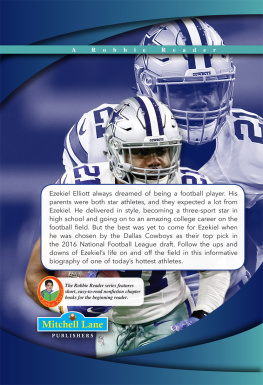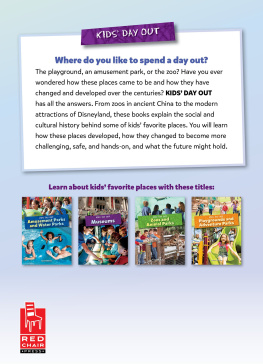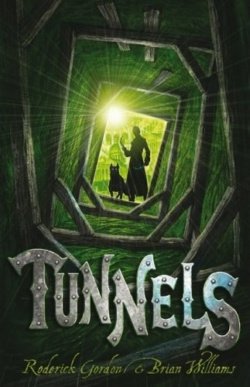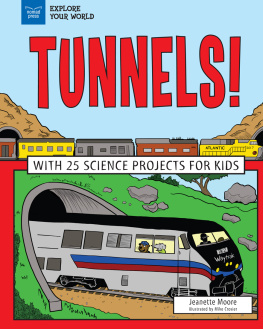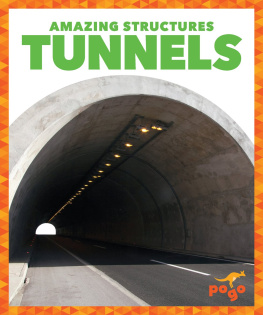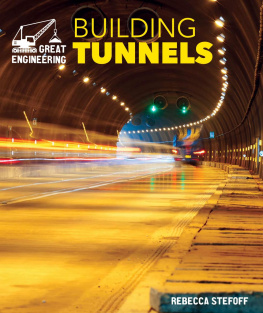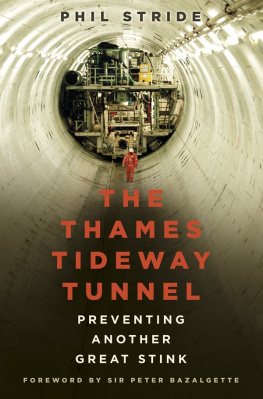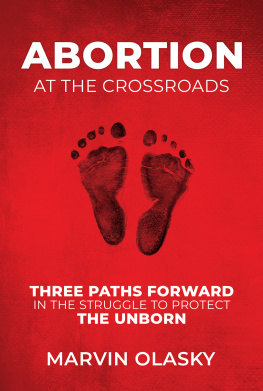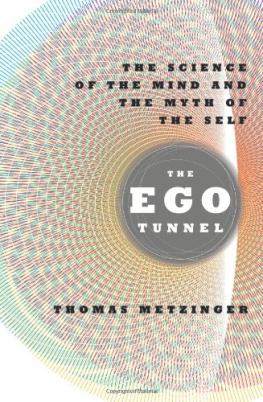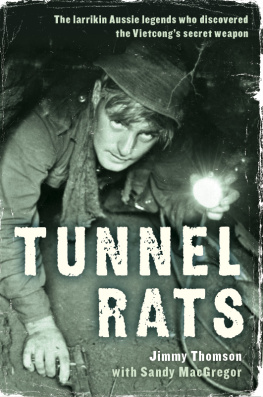Table of Contents
Guide
Tunnels
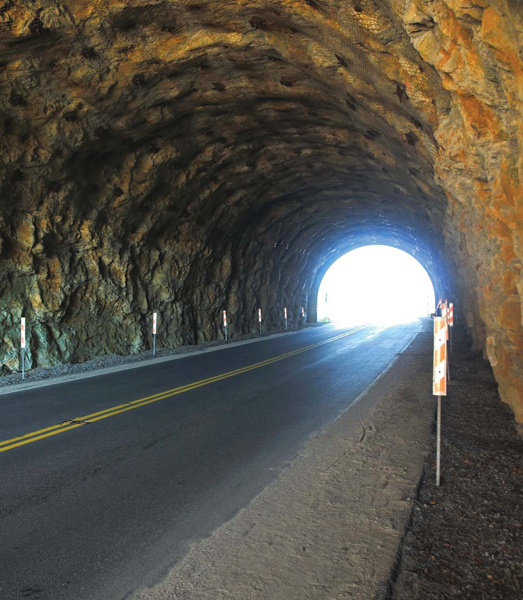
Joanne Mattern

rourkeeducationalmedia.com | 
Scan for Related Titles
and Teacher Resources |
Before & After
Reading Activities | Level: Q Word Count: 2,297 Words 100th word: Babylonians |
Before Reading:
Building Academic Vocabulary and Background Knowledge
Before reading a book, it is important to tap into what your child or students already know about the topic. This will help them develop their vocabulary, increase their reading comprehension, and make connections across the curriculum.
Look at the cover of the book. What will this book be about?
What do you already know about the topic?
Lets study the Table of Contents. What will you learn about in the books chapters?
What would you like to learn about this topic? Do you think you might learn about it from this book? Why or why not?
Use a reading journal to write about your knowledge of this topic. Record what you already know about the topic and what you hope to learn about the topic.
Read the book.
In your reading journal, record what you learned about the topic and your response to the book.
After reading the book complete the activities below.
Content Area Vocabulary
Read the list. What do these words mean?
ancient
bedrock
boring
concrete
conveyor
debris
engineers
explosives
maintenance
reservoirs
scaffold
transatlantic
ventilate
After Reading:
Comprehension and Extension Activity
After reading the book, work on the following questions with your child or students in order to check their level of reading comprehension and content mastery.
Explain the differences and similarities between the tunnel-boring method and blasting method. (Summarize)
When reading the title, how did you picture it in your mind? (Visualizing)
When have you used tunnels? (Text to self connection)
Why is having a ventilation system in a tunnel important? (Asking questions)
How are tunnels beneficial? (Summarize)
Extension Activity
Some tunnels were created by having two teams meet in the middle. You will need a piece of cardboard, a pen, and a partner to demonstrate how well you can communicate your location. Stand the cardboard upright and hold the top so it does not fall over. You and your partner will be on each side and need to write an X on your side. Now take turns describing the location of your X. Once you believe youve found your partners tunnel draw a circle. Using the pen, carefully punch a hole through the cardboard. Did you meet the ends? How well were you able to communicate your location to your partner on the other side?
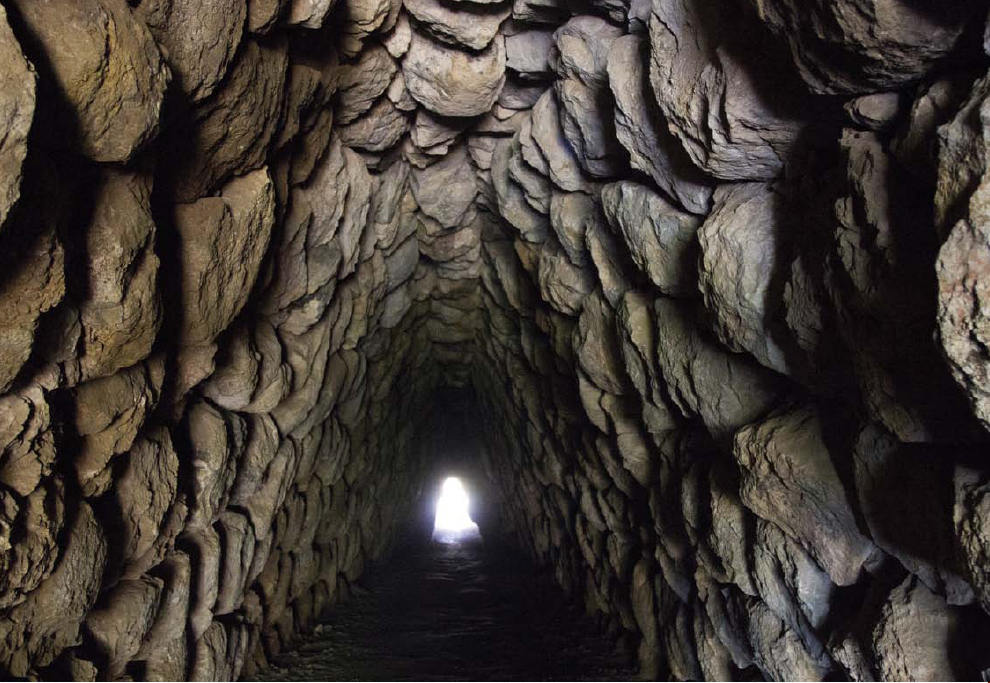
This low, narrow tunnel was built by ancient people called the Hittites using simple tools in what is now Turkey.
The First Tunnels
H ow do people get from one place to another? Sometimes there are obstacles that block the way, such as a mountain or a body of water. Thousands of years ago,
We don't know who built the first tunnel, but we do know they have been used for at least 4,000 years. About that time, people known as Babylonians built a tunnel under the Euphrates River. This tunnel connected the royal palace and a temple.
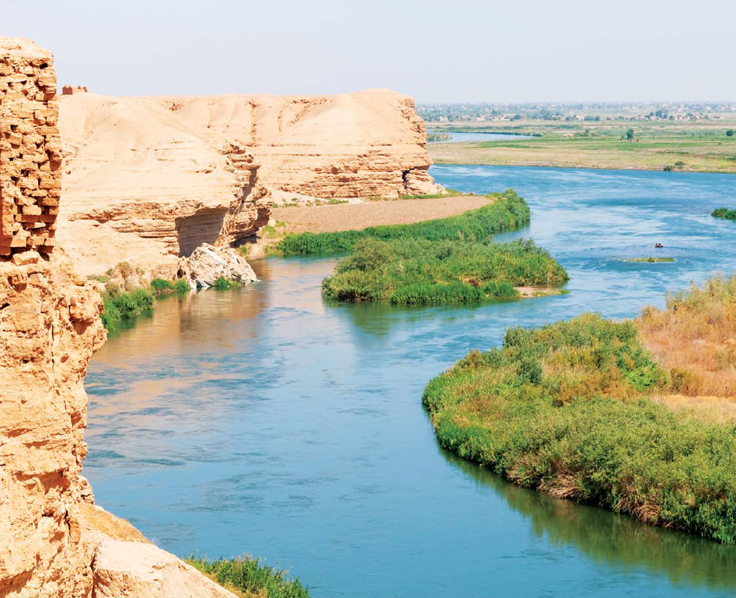
The Euphrates River was an important feature of the ancient landscape, but it was also an obstacle to be crossed by the Babylonian people who lived along its shores.
The Babylonians and their neighbors, the Persians, lived in the desert. Living in the desert makes it hard to find water. The Babylonians and Persians built tunnels to solve this problem. These tunnels were called qanat or kareez. They carried water underground, bringing it from faraway rivers and lakes to the desert where people lived. One of these tunnels carried fresh water from the Euphrates River to the royal palace through a 2,953 foot (900 meter) long tunnel that was lined with bricks.
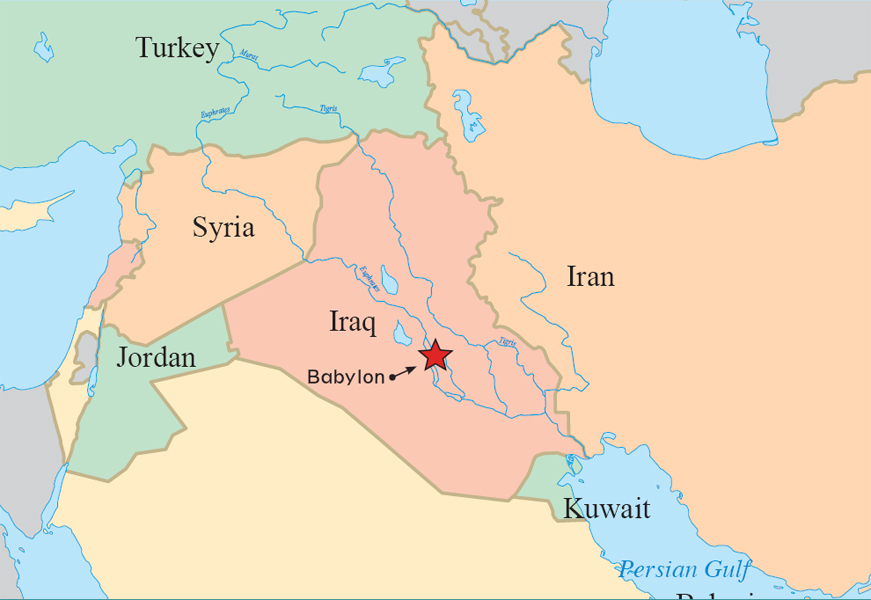
Experts think there are hundreds, maybe thousands, of big tunnels in Iran.
Brain Builder!
Babylon was a city in ancient Mesopotamia, in what is now Iraq. Persia is now known as Iran.
Gonabad
The city of Gonabad, Iran, still uses a network of qanat tunnels that is more than 2,700 years old. The qanats provide water to more than 40,000 people and also irrigates farmland.

This qanat is similar to those found in Gonabad, Iran. Like the Gonabad qanats, this tunnel was used to transport water for drinking and agriculture.
The ancient Greeks and Romans were also great tunnel builders. The Romans built more tunnels than any other ancient culture. Most of these tunnels were used to carry water from mountain streams down to the cities and villages.
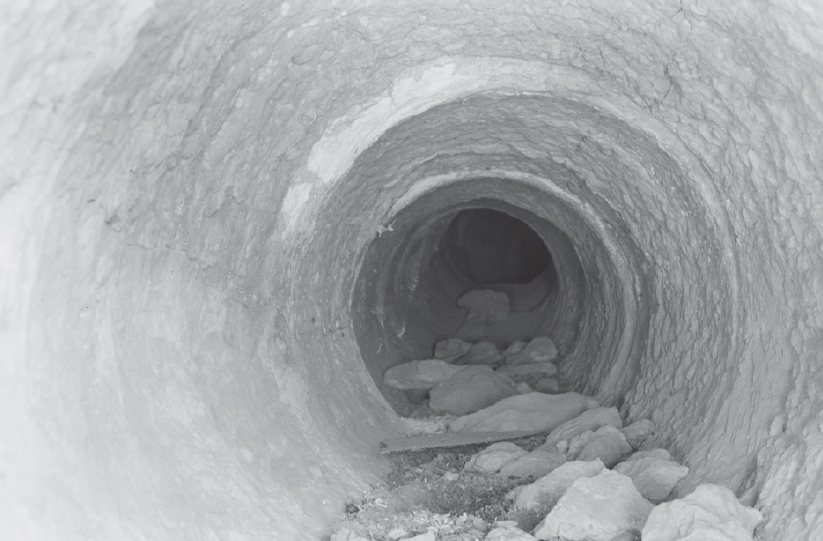
The Romans built this aqueduct, a tunnel designed to carry water, between ancientknown as Solomons Pools and the city of Jerusalem sometime between 100 BCE and 30 BCE.
In 36 BCE, the Romans built a tunnel in Italy between Naples and Pozzuoli that was 4,800 feet (1,463 meters) long, 25 feet (7.6 meters) wide, and 30 feet (9 meters) high. The tunnel was wide enough that two carts could pass each other inside it. This tunnel was dug through a hill. It was used until the 1800s, when more modern tunnels were built to replace it.
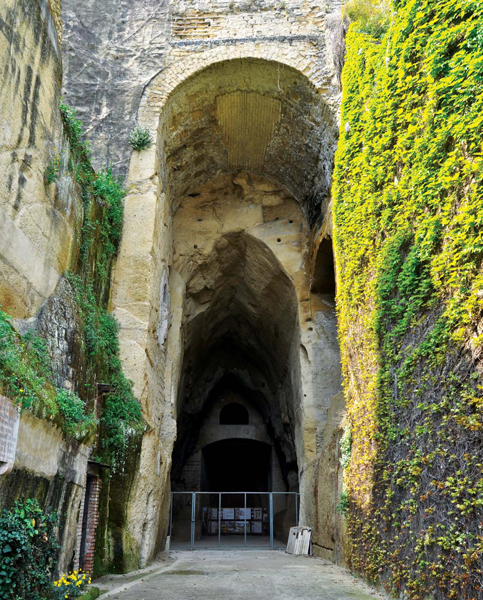
The tunnel built by ancient Romans between Naples and Puzzuoli was used for almost 2,000 years.
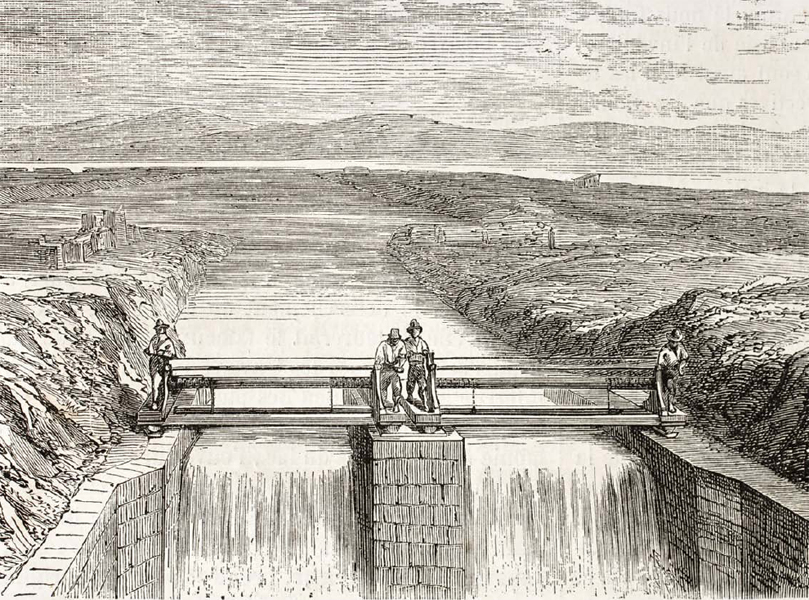
People drain lakes to provide more land for building or to control flooding. This drawing shows a water drainage system for Italys Fucine Lake.
In 41 CE, 30,000 Roman men worked for 10 years to dig a tunnel to drain a lake named Lacus Fucinus. The tunnel was 3.5 miles (6 kilometers) long. First, the workers dug shafts that were up to 400 feet (122 meters) deep and 120 feet (36.5 meters) apart. Then, they dug through the rock to connect each shaft. To break through the rock, the Romans probably used a method called fire quenching. They heated the rock with fire and then cooled it with cold water. This sudden change in temperature made the rock crack and break off.





